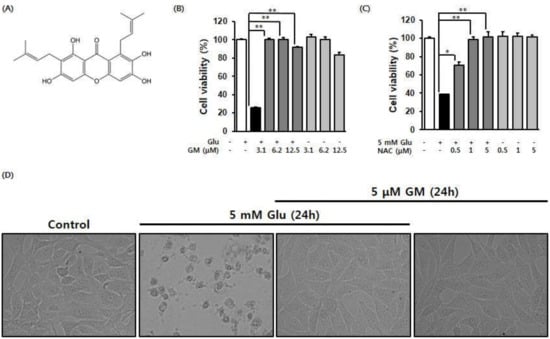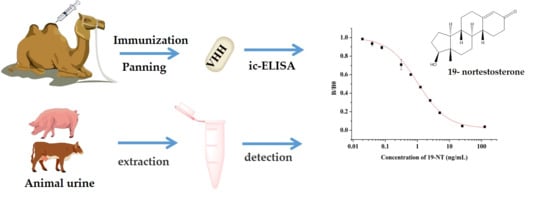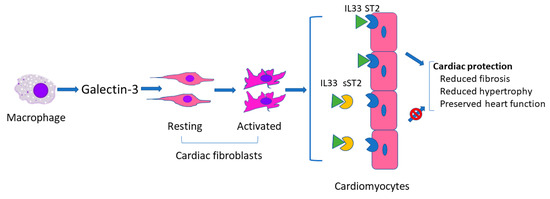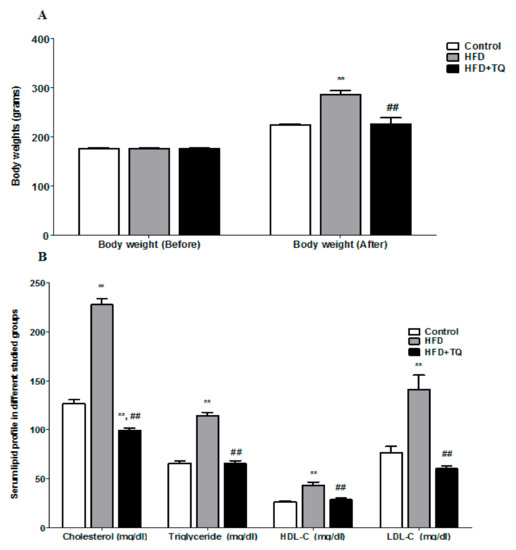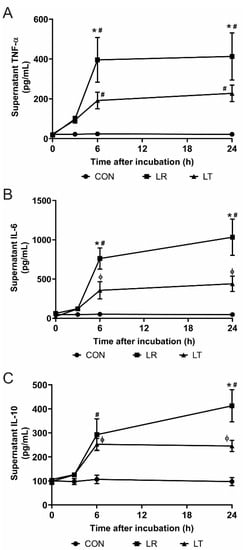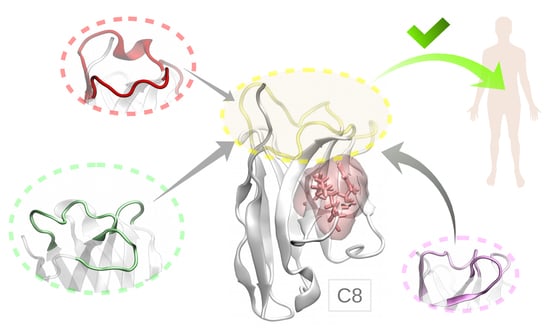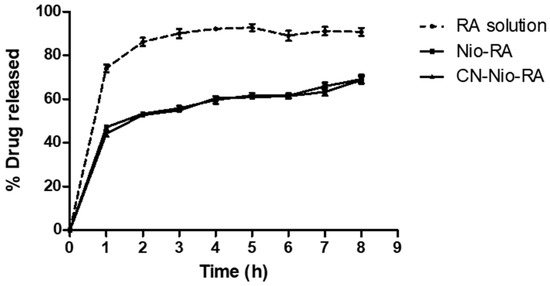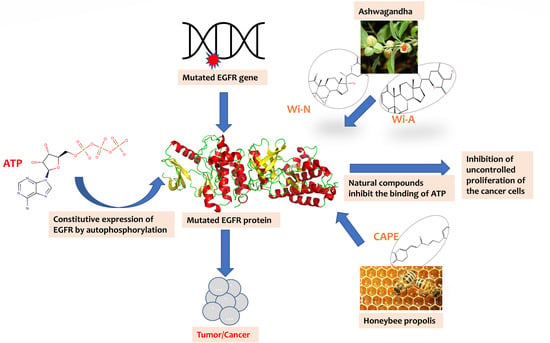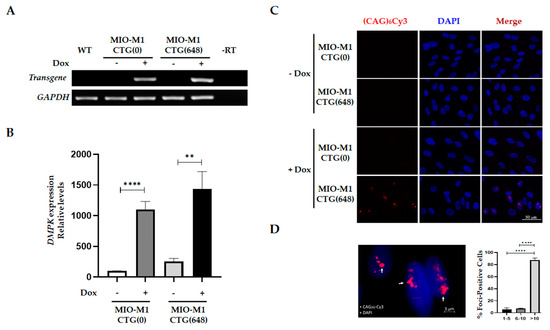Biomolecules 2021, 11(2), 173; https://doi.org/10.3390/biom11020173 - 28 Jan 2021
Cited by 87 | Viewed by 12337
Abstract
Recent studies undoubtedly show the importance of inter organellar connections to maintain cellular homeostasis. In normal physiological conditions or in the presence of cellular and environmental stress, each organelle responds alone or in coordination to maintain cellular function. The Endoplasmic reticulum (ER) and
[...] Read more.
Recent studies undoubtedly show the importance of inter organellar connections to maintain cellular homeostasis. In normal physiological conditions or in the presence of cellular and environmental stress, each organelle responds alone or in coordination to maintain cellular function. The Endoplasmic reticulum (ER) and mitochondria are two important organelles with very specialized structural and functional properties. These two organelles are physically connected through very specialized proteins in the region called the mitochondria-associated ER membrane (MAM). The molecular foundation of this relationship is complex and involves not only ion homeostasis through the shuttling of calcium but also many structural and apoptotic proteins. IRE1alpha and PERK are known for their canonical function as an ER stress sensor controlling unfolded protein response during ER stress. The presence of these transmembrane proteins at the MAM indicates its potential involvement in other biological functions beyond ER stress signaling. Many recent studies have now focused on the non-canonical function of these sensors. In this review, we will focus on ER mitochondrial interdependence with special emphasis on the non-canonical role of ER stress sensors beyond ER stress.
Full article
(This article belongs to the Special Issue Endoplasmic Reticulum Stress in Diseases)
►
Show Figures



